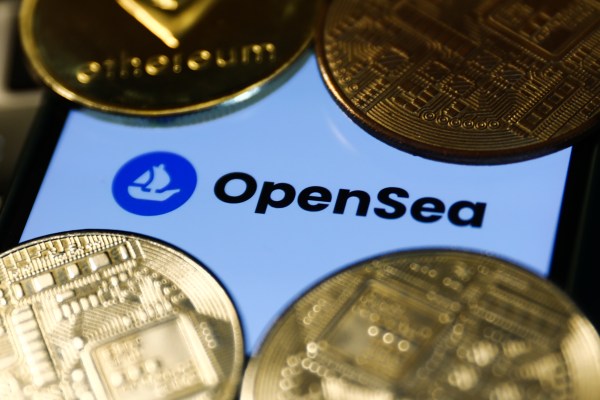OpenSea, one of the largest NFT marketplaces, is well known for its trading platform, which allows users to buy and sell digital assets. But the company is continuing to expand its product footprint to appeal to other audiences like Web 2.0 brands, said Shiva Rajaraman, OpenSea’s chief business officer.
“We look at the rest of this year, and there’s been a lot of talk about what the potential can look like,” Rajaraman told TechCrunch+. “This is the year we launch projects or surface some projects that actually have real benefit or utility.”
The big journey right now is to “make bigger bets with key Web 2.0 and web3 creators or brands,” Rajaraman said. “And do whatever it takes to make that product come to life and be clear. Don’t just work on the front stage, work on the back stage, too.”
OpenSea was founded in 2017 and has grown to become home for over 2 million collections composed of 80 million NFTs. It’s seen more than $20 billion in volume transacted on its platform, according to its website.
One of the biggest friction spots in the NFT space right now is the need for tools for non-crypto-native brands, Rajaraman said. “It’s too complicated, so if we can be a platform that reduces that friction and makes it easier then a creator can do what they do, which is be creative, and we’ll take care of the rest.”
There are many non-web3 verticals out there, including fashion, luxury, gaming, media and entertainment, Rajaraman noted. For example, loyalty and membership are two big areas that transcend from Web 2.0 into the web3 space.
The startup intends to focus on just two or three verticals this year, working to prove that the brand engagement it can engender with its service is worth the effort.
In order for the company to onboard more brands, it needs to offer the tooling that they want so the platform feels familiar and “they can see what the utility is behind the art and bring that front and center,” Rajaraman said during the panel “Here Comes Everybody: Consumer Web3 Is Having Its Moment” at Consensus 2023. “I think that’s going to be a fun design journey over the next six months.”
For example, if someone buys an NFT and uses it to redeem a luxury good like jewelry, that data isn’t available on OpenSea — yet, Rajaraman told TechCrunch+. But the platform hopes that over time it can highlight how the digital-physical divide is being crossed. “How can I find the most important things that I own that translates to IRL experiences or cool collabs out there?” he said.
“That type of world is important and servicing that is important; otherwise it’s just a square piece of art,” Rajaraman said. “What if we brought that to all surfaces on OpenSea and get a space not just the story and actions around that?”
All in all, there may be a large opportunity for brands to diversify their engagement efforts with fans and superfans alike, if they access the right platforms and agencies to get into the web3 space. It’s one thing to try and do it by yourself, but another to engage with web3 companies that know how to do it in a proper way.
Even if big social media platforms like Instagram are backing out of the NFT space, people still want relationships with brands and the ability to express themselves, collect and share with others, Rajaraman said.
“It’s not just enough to remove friction,” Rajaraman said. “There needs to be access, inspiration and guidance, too.”
